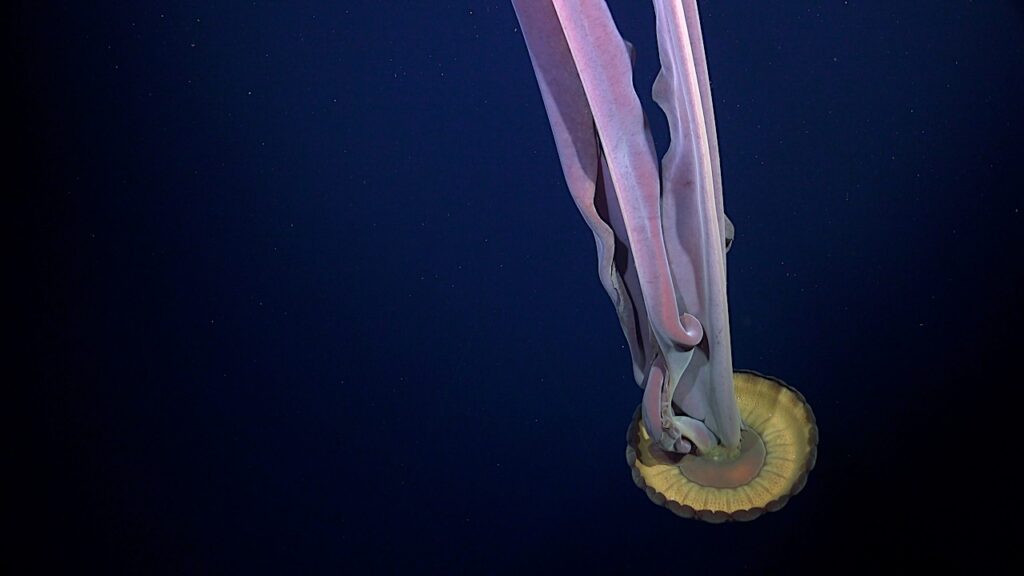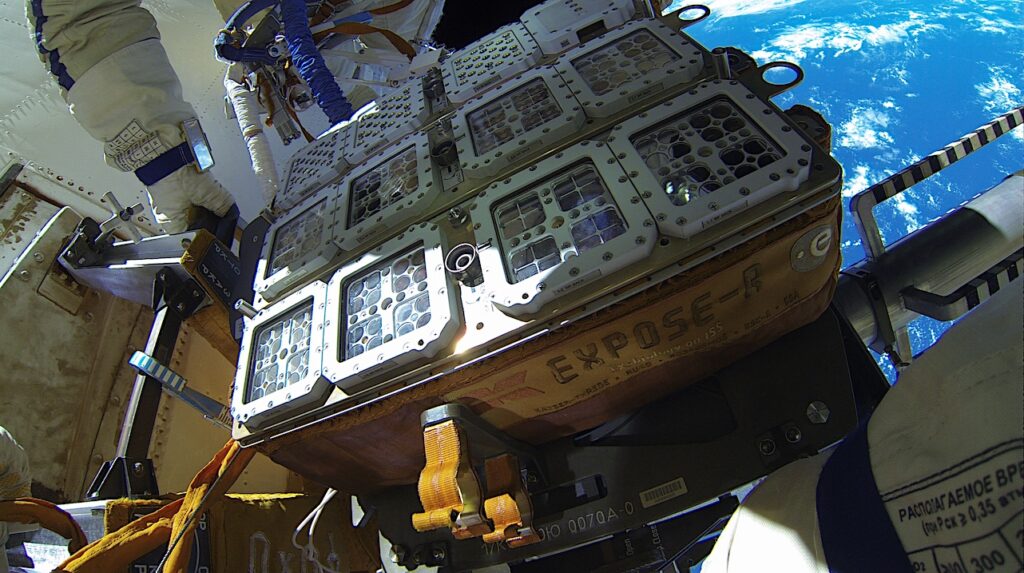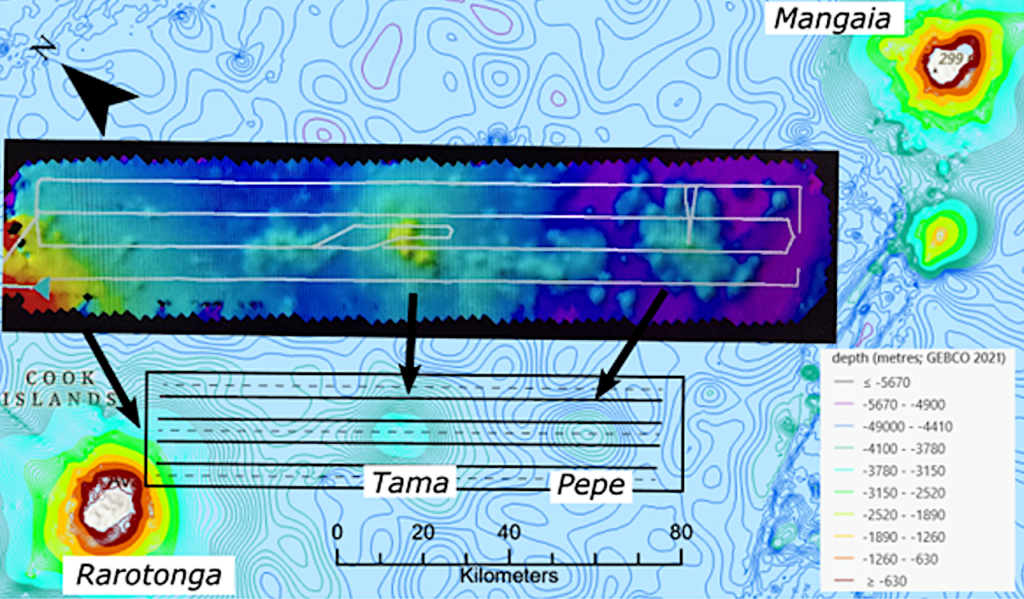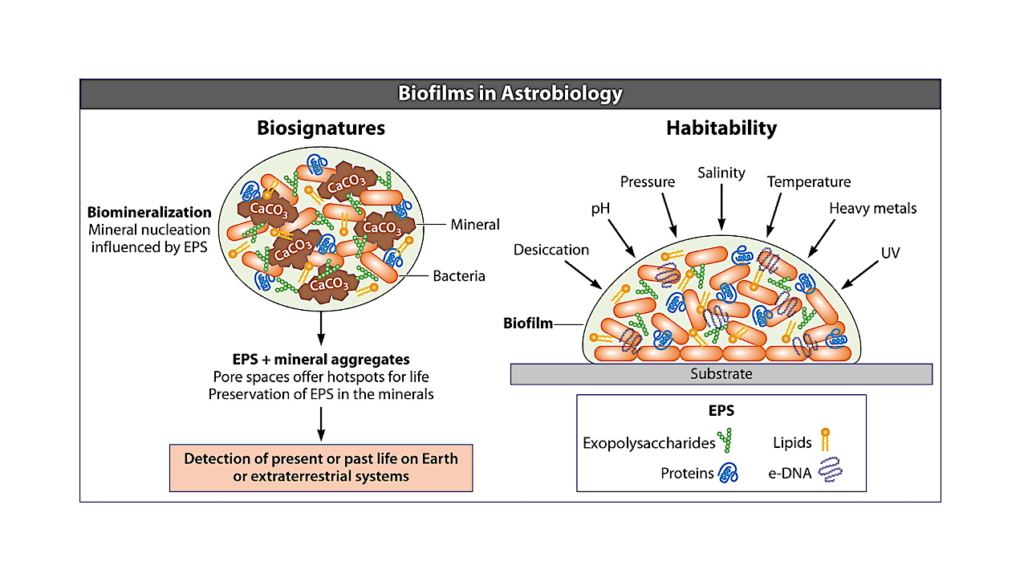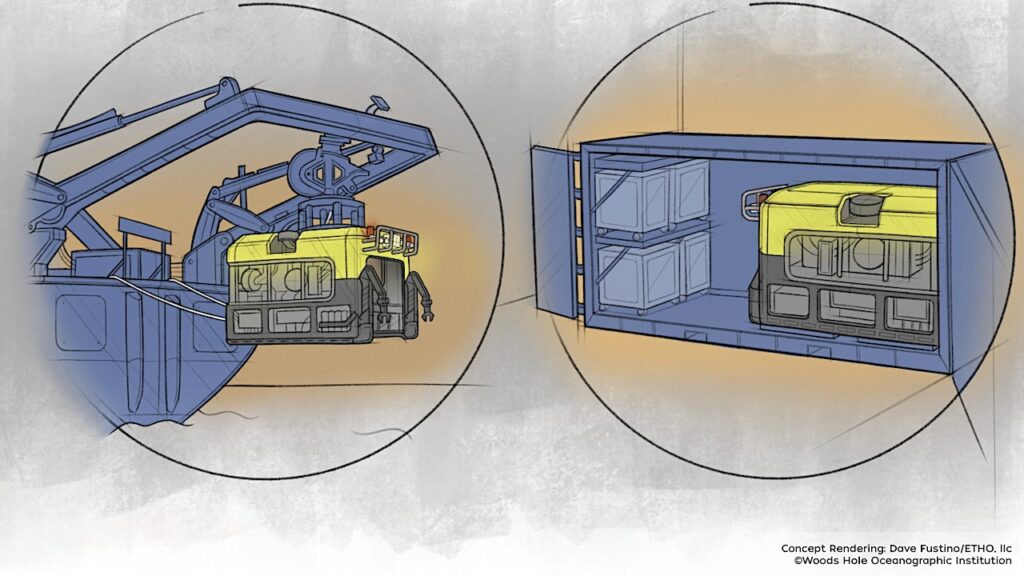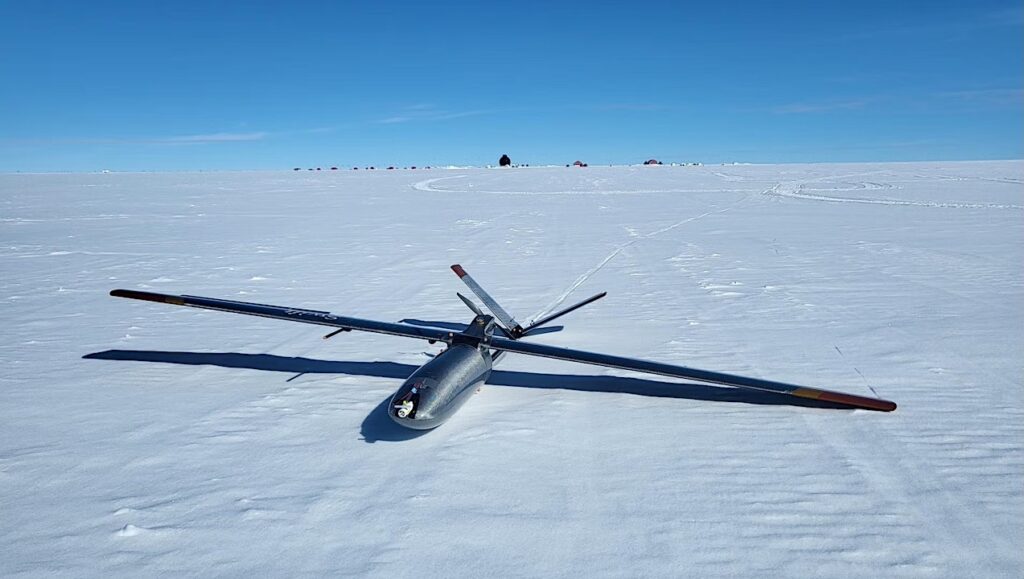Tricorder Tech: Extant Life Detection Using Label-Free Video Microscopy In Analog Aquatic Environments

The ability of microbial active motion, morphology, and optical properties to serve as biosignatures was investigated by in situ video microscopy in a wide range of extreme field sites where such imaging had not been performed previously.
These sites allowed for sampling seawater, sea ice brines, cryopeg brines, hypersaline pools and seeps, hyperalkaline springs, and glaciovolcanic cave ice. In all samples except the cryopeg brine, active motion was observed without any sample treatment. Active motion was observed in the cryopeg brines when samples were subjected to a temperature gradient above in situ.
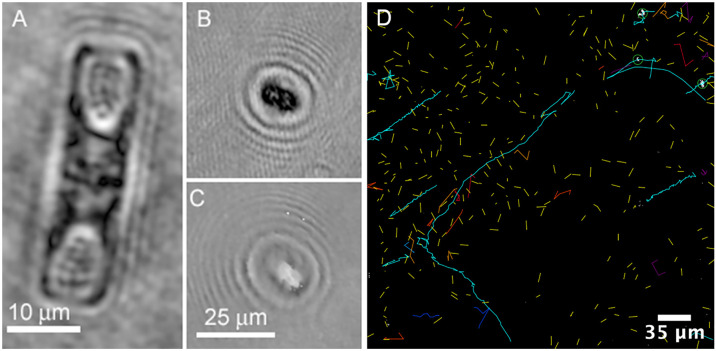
(A) Amplitude image of non-motile diatom from Greenland sea ice brine. Note the demarcation of cell walls and organelles. (B, C) Rapidly swimming organism in amplitude (B) and phase (C) from Greenland sea ice brine (images A-C previously published in [27]). (D) Motile tracks of small microbes from Greenland seawater incubated overnight at 4ºC. Total duration = 300 frames or 20 s. Tracks were obtained from a sum of amplitude reconstructions taken every 5 μm over 500 μm depth and tracked using TrackMate automated detection and LAP tracking. — PLoS One via PubMed
In general, levels of motility were low in the field samples collected at temperatures < 4ºC. Non-motile cells could be distinguished from microminerals by differences in passive motion (e.g., density measured by sinking/floating), refractive index and/or absorbance, or morphology in the case of larger eukaryotes.
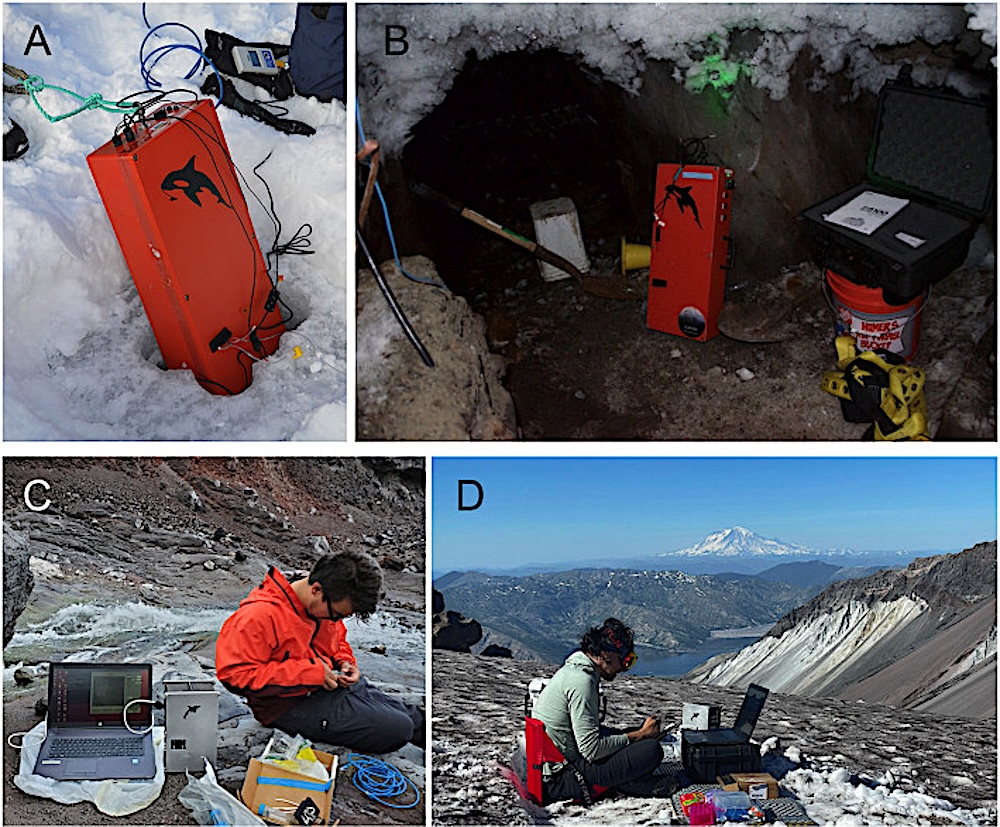
A) Deployment in a sackhole of sea ice brine (Nuuk, Greenland). (B) Deployment in a permafrost tunnel providing borehole access to cryopegs (Utqiaġvik, AK). (C) Deployment in the Mt. St. Helens crater and (D) the Mt. St. Helens glacier caves with recordings performed at ambient air temperature. — PLoS One via PubMed
Dramatic increases in the fraction of motile cells were seen with simple stimuli such as warming or the addition of L-serine. Chemotaxis and thermotaxis were also observed in select samples. An open-source, autonomous software package with computational requirements that can be scaled to spaceflight computers was used to classify the data.
These results demonstrate the utility of volumetric light microscopy for life detection, but also suggest the importance of developing methods to stimulate cells in situ and process data using the restrictions imposed by mission bandwidth, as well as instruments to capture cell-like objects for detailed chemical analysis.

(A-C) Amplitude reconstructions of large microbes. (A) Large microbe with dark absorption characteristic of chlorophyll. (B) Elongated filaments without chlorophyll. (C) Arrangement of several filaments with a cloud of putative cells/organics. (D-F) HELM motion history images (MHI) with color-coding indicating time lapse of selected areas at different temperatures. (D) At 25ºC, a single motile small microbe is observed making a complex trajectory in the imaging volume over a 675 frame (45 s) recording period. (E) At least 3 highly motile small microbes are seen in 35 s at 30ºC. (F) At 42ºC, the large microbes are highly active, though moving slowly as this 45 s recording period shows (the upper part of this panel corresponds to Panel C). (G, H) Chemotaxis and possible predation. (G) A needle filled with serine at the beginning of the recording. (H) Panel G after 60 min. Blue is a maximum projection of the frame-to-frame changes over the recording period. The arrow indicates a motile large microbe possibly preying on the small microbial cloud. — PLoS One via PubMed
Extant life detection using label-free video microscopy in analog aquatic environments, PLoS One via PubMed
Astrobiology


